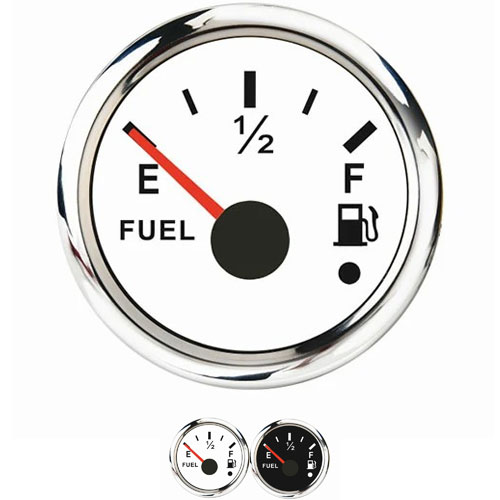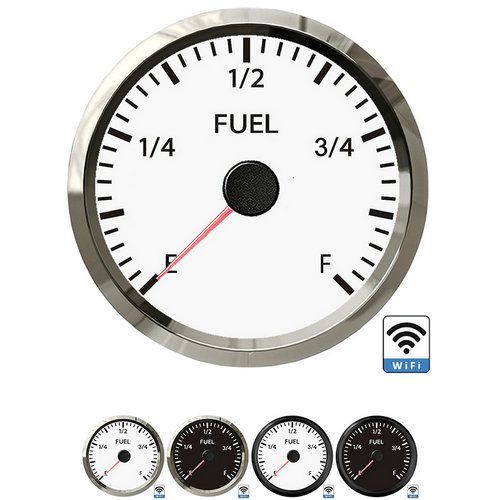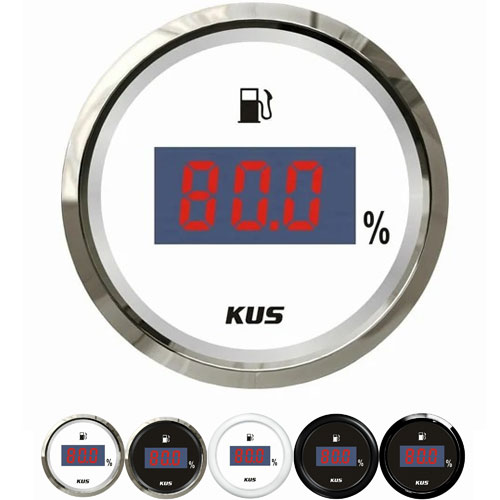why does fuel level gauge sensor work backwered
The fuel (liquid) level sensor is divided into two categories: one is to use the sliding potentiometer as the basic detection element, drive the potentiometer through the float, and then check its resistance value with an ohmmeter to achieve the purpose of displaying the fuel level; However, when the fuel stain covers the potentiometer, its resistance value will change, causing too much error or even being unable to use, which makes this type of automobile fuel tank sensor a vulnerable part with short life. The other is to use inductance cfuel as the basic detection element. It uses the float to drive the inductance cfuel to change the oscillation frequency of the impact circuit, and then checks its frequency through the frequency meter to determine the fuel (liquid) level. However, it has complex structure, troublesome debugging, high cost and high price, and cannot be widely used.
The working principle of the fuel gauge is that when the buoy is close to the top of the fuel tank, the sliding arm on the variable resistor is close to the ground (negative) end, which means that the resistance becomes smaller, and relatively large current will return to the fuel gauge through the sending device. When the liquid level in the fuel tank drops, the buoy will sink, drive the sliding arm to move, and the resistance will increase, so the current returned to the fuel gauge will be relatively reduced. The connection method of the fuel gauge is as follows:
1.One positive wire and one negative wire on the fuel gauge. The positive wire must be powered and can be connected from the switch lock;
2.The resistance on the fuel float is also two lines, one in and one out, and then it can be connected in series with the two lines on the fuel meter. The negative line after the series connection should be grounded;
3.One of the yellow or blue wires is positive (try it separately to see if the pointer of the fuel gauge reacts), and the black wire may be negative.
The fuel level sensor can directly display the liquid level height or send it to the remote monitoring system through wireless transmission, by virtue of the linear change rule of the capacitance formed between the probe and the container with the liquid level, and converting the change of the liquid level into a linear output. The same sensor can replace the measuring medium or change the installation environment at any time. It can automatically adapt and measure accurately without new calibration, and is not affected by the change of dielectric constant and temperature.
 English
English 






Get a Quote / Info